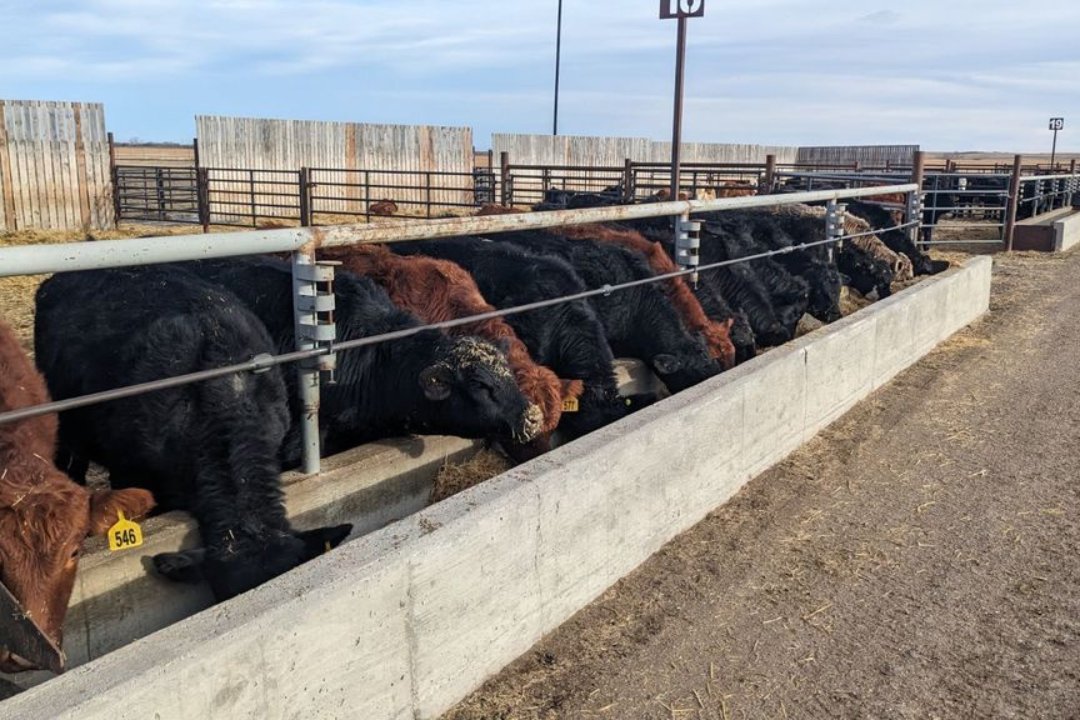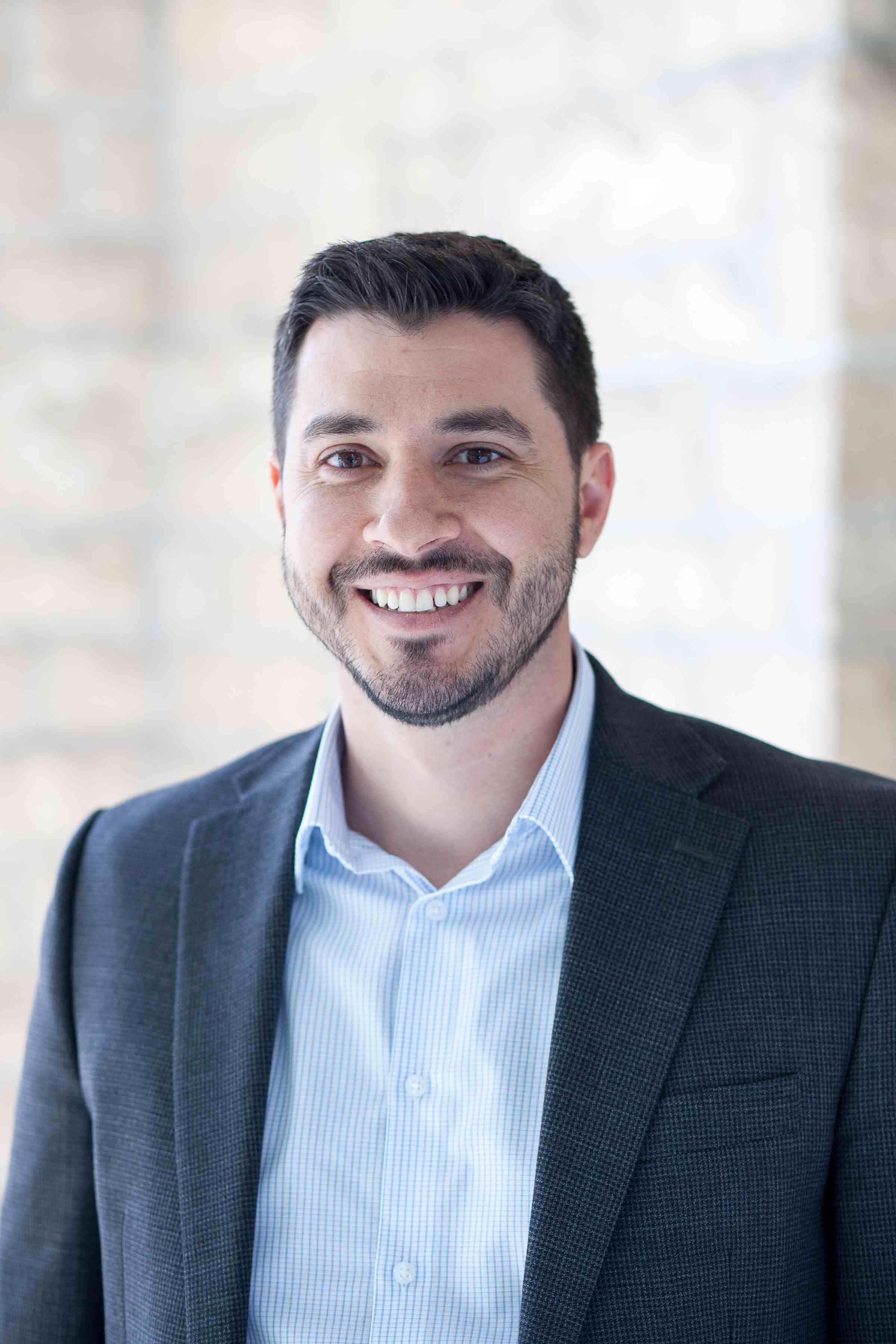
USask cattle feed innovations good for the planet and our pockets
By exploring novel treatments to existing agricultural byproducts, University of Saskatchewan (USask) researchers are working to establish environmentally sustainable and economically feasible feed alternatives to benefit Saskatchewan producers and consumers alike.
By Lindsay Herman
With winter upon them, Canadian beef and cattle producers are facing a familiar challenge: keeping their herds fed outside of grazing season. The reality of cold-climate cattle production relies heavily on the storage and use of feed crops, such as hay and other cereal grains. As Dr. Gabriel Ribeiro (PhD), assistant professor in the Department of Animal and Poultry Science at the College of Agriculture and Bioresources notes, climate change has caused drier growing seasons that make these traditional feed sources less available and more costly.
“In the last few years, the price of feed has skyrocketed. The price of grain was the highest we’ve ever seen. This really puts producers in a situation where many of them are questioning whether they will stay in business,” said Ribeiro.
These increased production costs have also impacted the price of meat and dairy products in Saskatchewan supermarkets.
In response, Ribeiro is leading a study with USask’s Drs. Gregory Penner (PhD) and Bart Lardner (PhD) to explore how the application of alkali treatments to agricultural byproducts such as straw, in addition to oilseed screenings supplementation, can provide more affordable and sustainable alternatives to traditional feeds.
With funding from the Government of Saskatchewan’s 2023 Agriculture Development Fund, this multi-year project will engage a large team of USask researchers and industry partners to innovate towards more reliable, affordable, and environmentally friendly cattle feed options.
From straw to gold
Ribeiro’s team will also explore how the addition of oilseed screenings can provide essential protein and amino acids to cattle gut microbes, further supporting the breakdown of fibre and increasing the overall nutrient profile of the diet.
“What we’re trying to do here is make sure that we improve the chances that cattle will have to make the most [of these feeds],” Ribeiro said.
For Western Canadian beef and dairy producers, improving the quality of these agricultural byproducts and crop residues as cattle feed would boast a significant impact, particularly when the costs of more common feed options are high.
“Finding ways to promote economic sustainability is essential,” said Ribeiro. “If producers can’t keep producing because it’s too expensive, then consumers will feel that.”
As two sides of the same coin, the economic viability of Canadian beef and dairy will also help ensure a consistent and affordable supply to Canadian consumers.
Environmental sustainability – a key priority of the innovative agricultural research taking place across USask – is also central to the potential impact of this research. By giving new life to existing agricultural byproducts, these alkali treatments can have a significant impact on the land, energy and water used to grow traditional feed crops.
“By using these crop residues and using some of those oilseed screenings, we have a huge potential to reduce the carbon footprint of beef and dairy cattle production in Western Canada,” Ribeiro said. “We feel that this project is a win-win for both the producers and society in general.”

